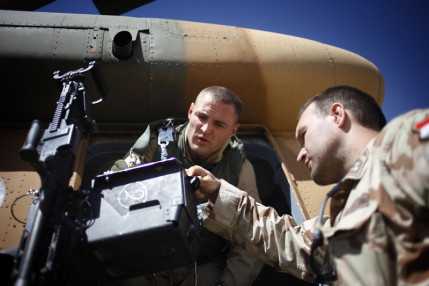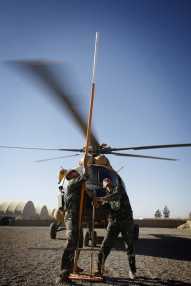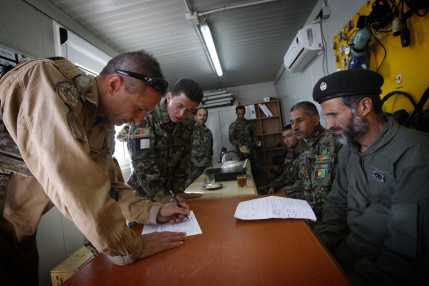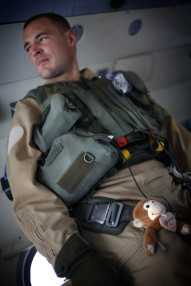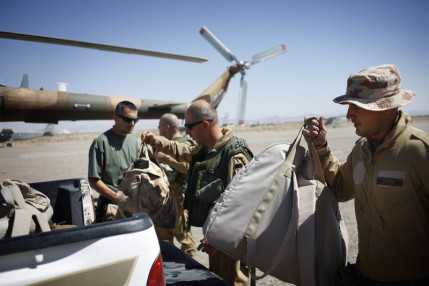Changing the Aircraft in Herat – Reporting from Afghanistan
Szöveg: Balázs Trautmann | 2012. október 5. 8:00The number, tail numbers and type composition of the helicopters stationed in Shindand have changed. There are some for which we had to fly as far as Herat, while some were simply towed out of the hangar. Report from Afghanistan.
Galéria
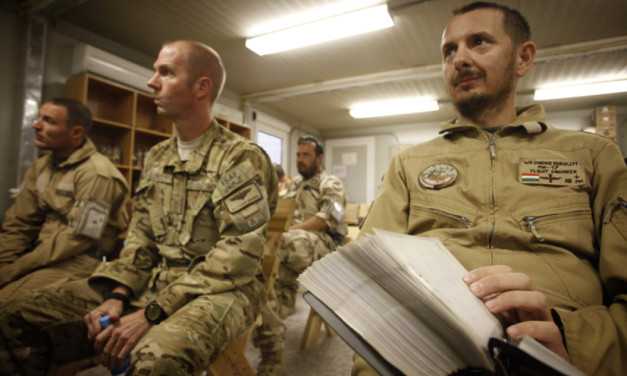
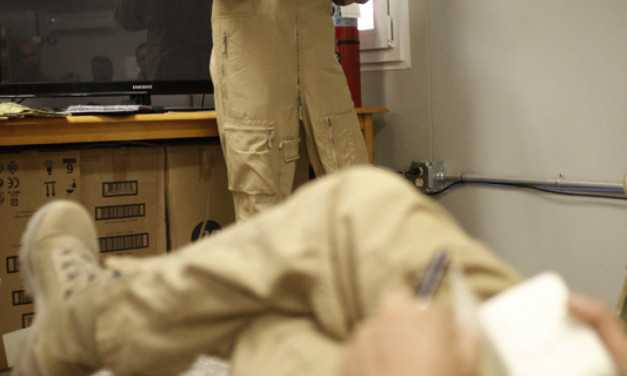
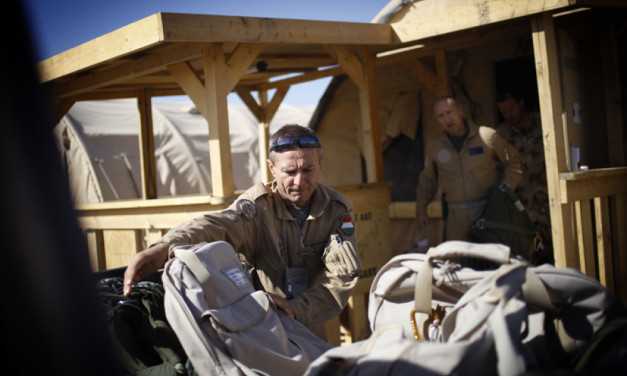
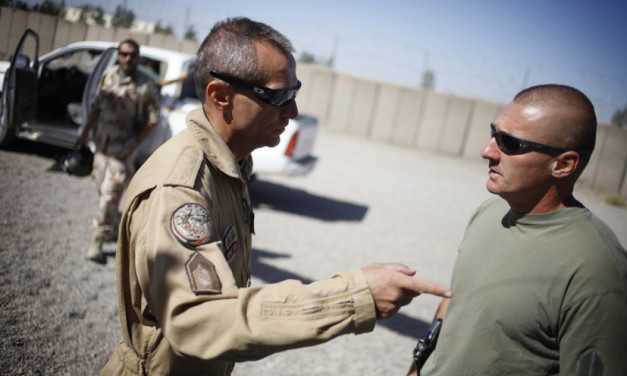
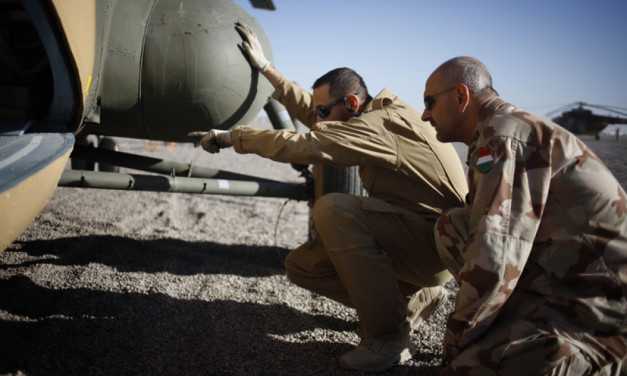
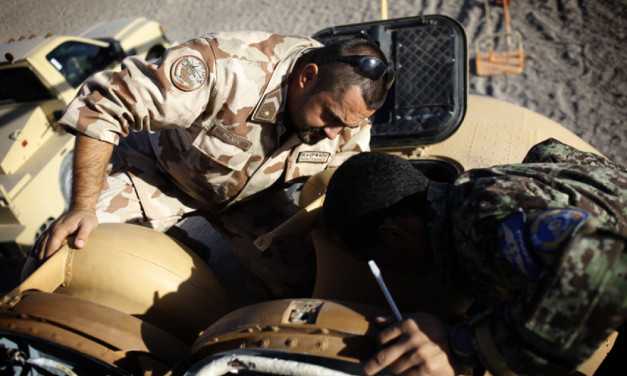
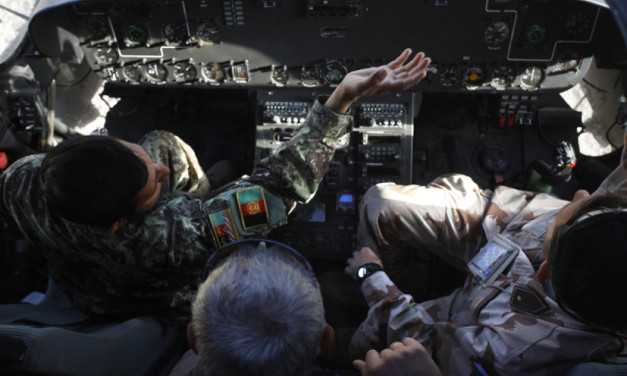
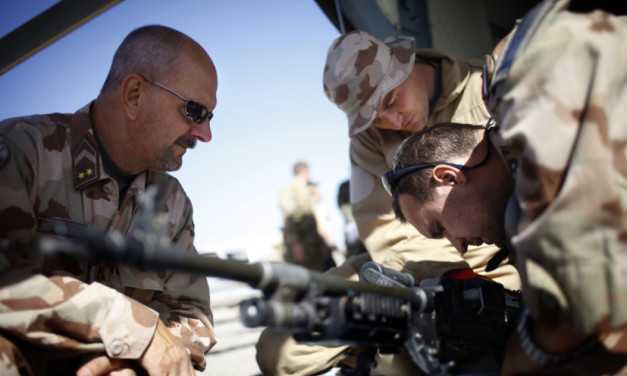


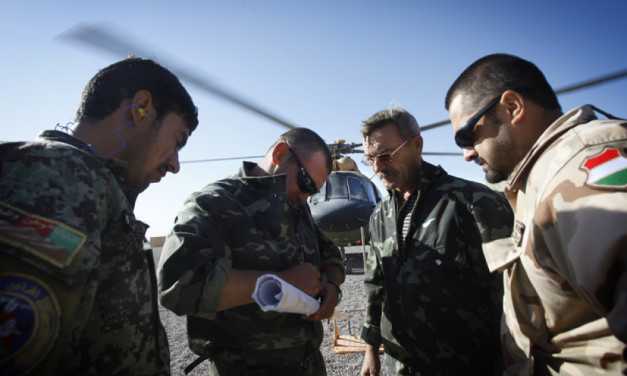

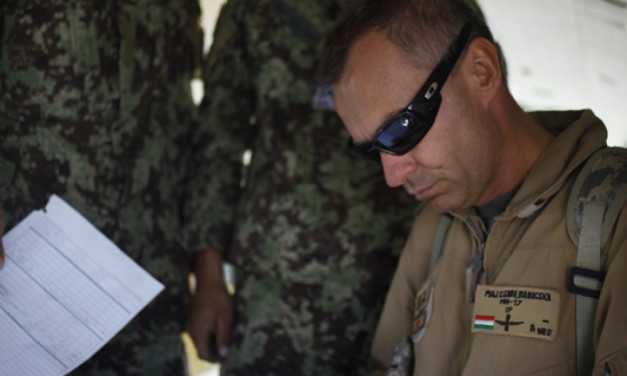
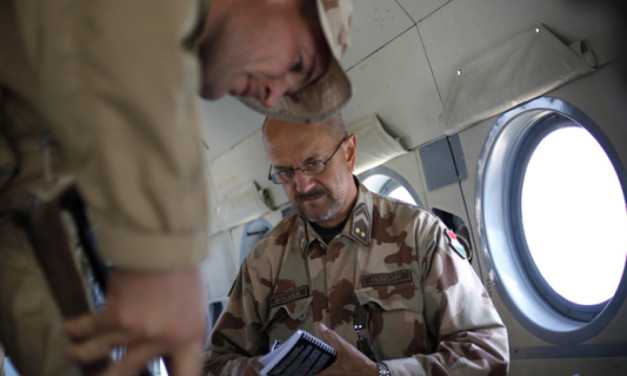

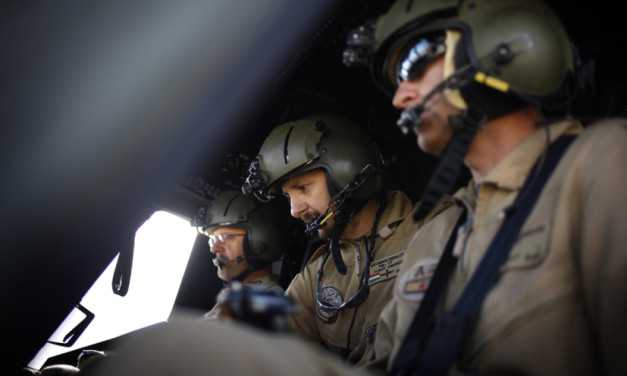
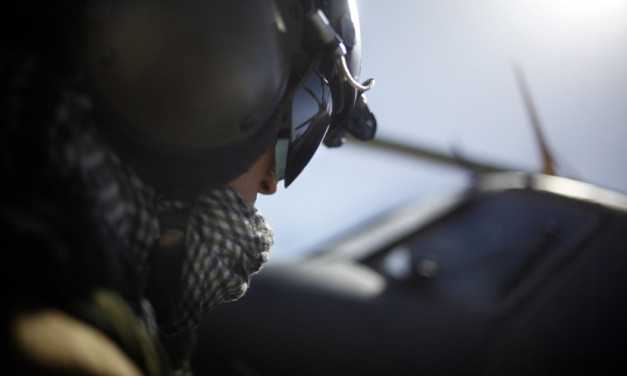
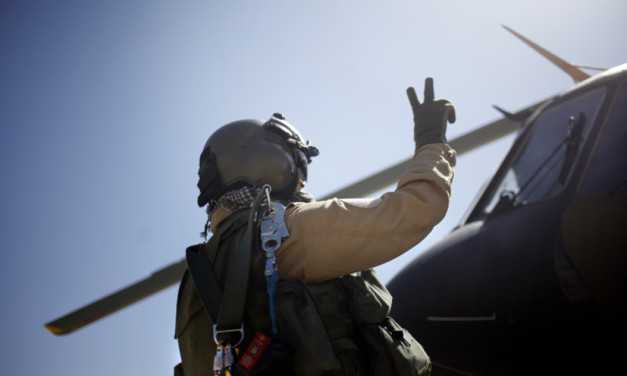
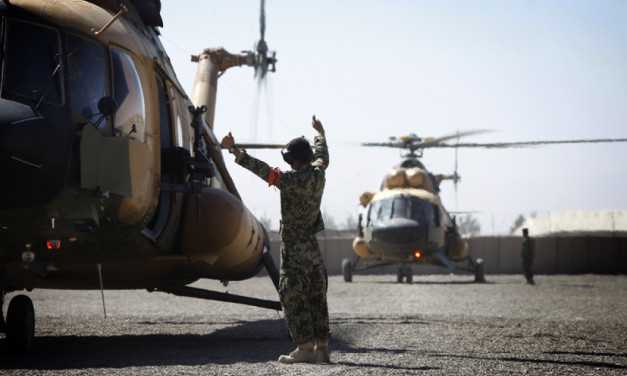
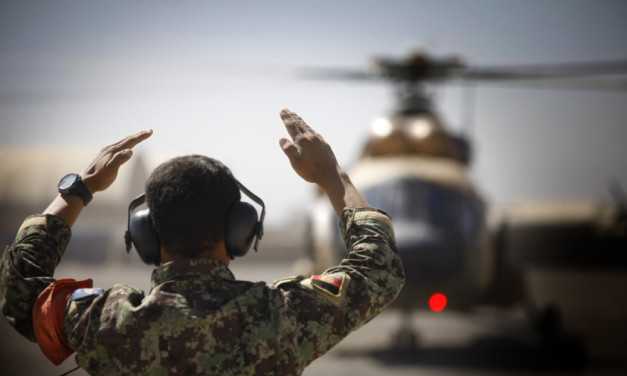
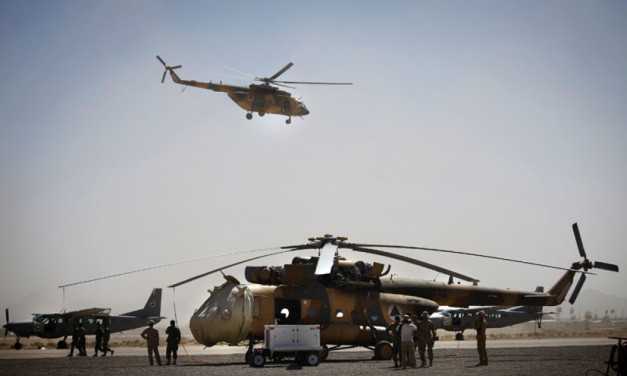
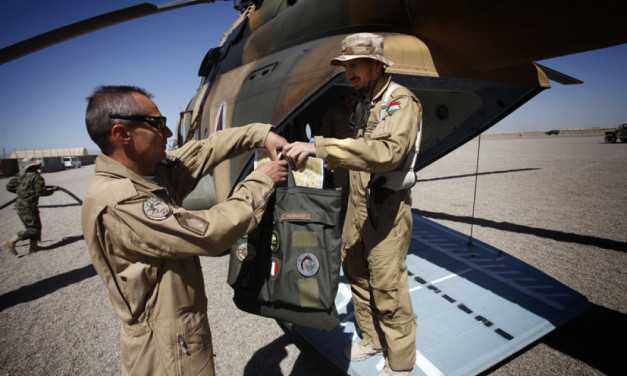
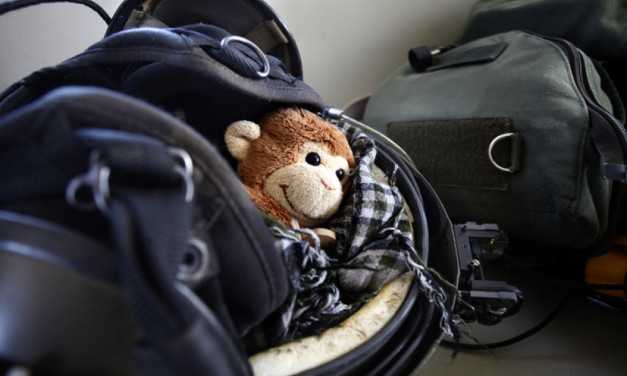
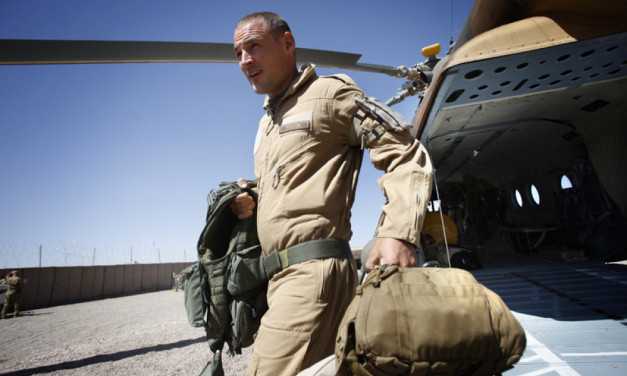

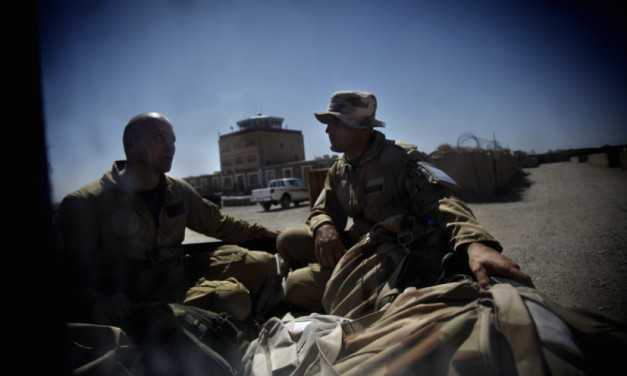
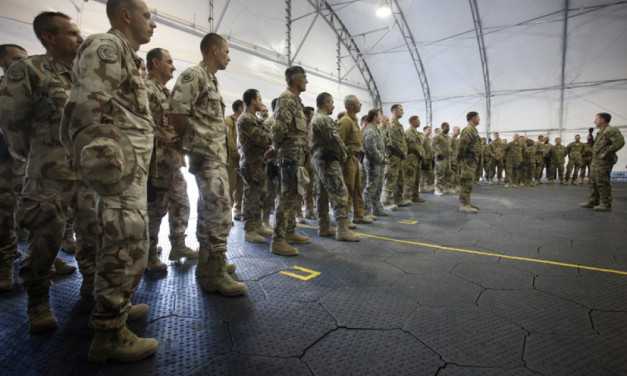
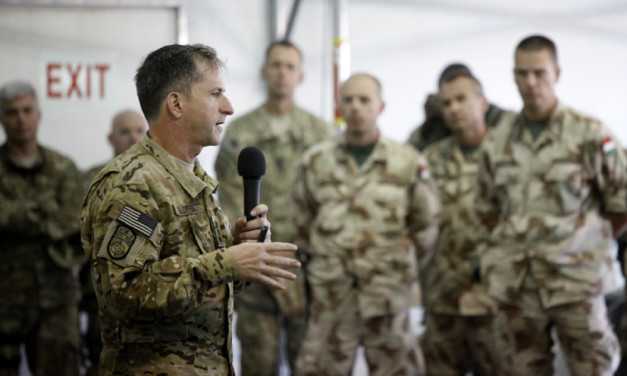
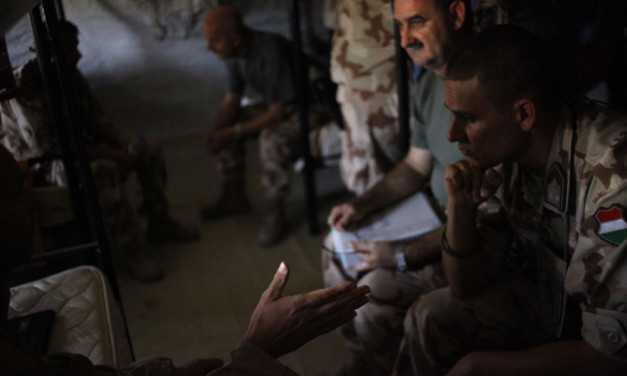
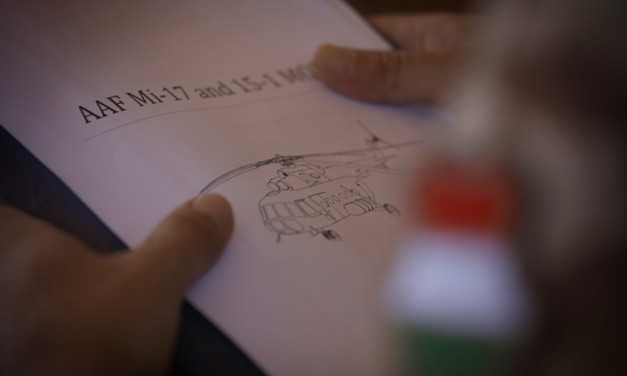
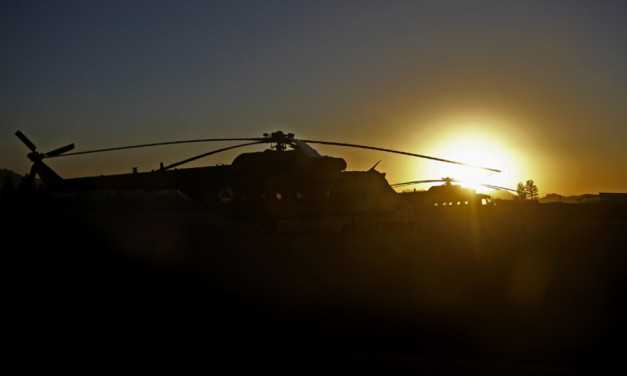
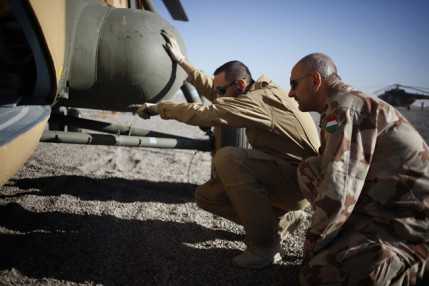
The third rotation of the Mi–17 Air Advisory Team has so far worked only with the Mi–17V5 type. The new fourth rotation, however, will fly a little more varied aircraft pool, since a Mi–171 has arrived to occupy its stand in Shindand after its overhaul was completed. It is quite noticeable because in addition to its tail number and camouflage painting being different from the other Mi–17V5s, the traditional, more bubble-shaped nose and the small weather radar (similarly to the Hungarian Mi–17Ns) immediately indicate that this one is a different variant on the “family tree". The helicopter is yet to undergo the flight test, and the main rotor has been checked for the blades running into a single cone: the divergence is within two centimeters, so it is of course “normálno". The flight test of the helicopter is to be performed by the Hungarian pilots because here at the air base it is only the AAT-3 and AAT-4 aircrews that have the required experience, the test pilots’ qualification and permits.
We had to fly to Herat for the other helicopter, though. The 45-minute flight passed without any incidents. Of course, the preparation inside the briefing container and out there at the aircraft stands played a considerable role in that. The briefing – just like the flight – was a true international teamwork, as the two helicopters had mixed US–Hungarian aircrews aboard. Maj. O. even took into account that while the Hungarians were the specialists of the type, their American colleagues were more familiar with the theatre of war. As the US aircrews have already been to that part of Herat air base the helicopter stands of the Afghan Air Force are situated, he requested “assistance from our allies" during the briefing.
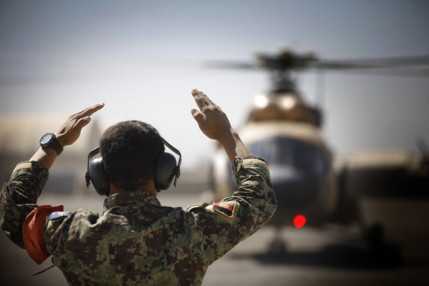
Meanwhile the two aircraft had been prepared at the sunny stands. Pre-flight checks, all systems are go, the helicopters are airworthy, so the usual busy air traffic of the training posed the only challenge to the engine run-up, taxiing and take-off of the two-helicopter formation. The most exciting part of the flying was an exercise inserted into the return phase, where they practiced how to maneuver away from ground-based air defense units. Although the experience gained so far shows the area to be relatively peaceful, the aircraft can always get into situations in which they face the imminent danger of being shot at or become actual targets. Thus is mandatory to practice the execution of evasive maneuvers and establish proper communication links between and within the aircraft, which may save lives at a later point.
The returning helicopters were received by the Afghan and Hungarian aircraft maintenance technicians. There were no problems during the flight, so the Mi–17V5 fleet continues to operate at full strength and is soon to be augmented with the “odd one out" Mi–171. So the chances are that the AAT-4 rotation can commence its own flying missions and the training of the incoming Afghan students in a few days full speed ahead with a complete helicopter pool. Furthermore, the word is that a simulator will soon be installed in the recently finished building, which enables the crews to practice of special situations. The simulator may be a great help in maintaining the Hungarian aircrews’ capabilities as well.
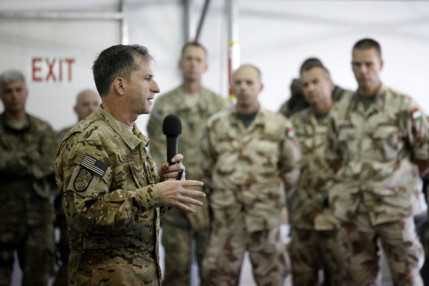
In the afternoon Lt.-Gen. David Goldfein, Commander, US Air Forces Central Command, the commander of the Central Command’s air operations landed at the camp in Shindand to pay a visit there. Addressing the lined-up personnel, the general informed the allied troops during an informal briefing and the ensuing conversation. He first thanked those serving here, making special mention of the Hungarian contingent. After assessing the political and security situation, he answered the soldiers’ questions, pointing to the importance of protecting democracy, which is obligatory for all generations. The armed forces must be ready to deploy in situations where diplomatic solutions no longer work. The United States considers it important to develop the greatest possible number of military-to-military relations with the countries in the relevant regions in the fields of joint training, cooperation between the armed forces, development of bases as well as supporting and aiding the civilian population.
Photo: Veronika Dévényi








